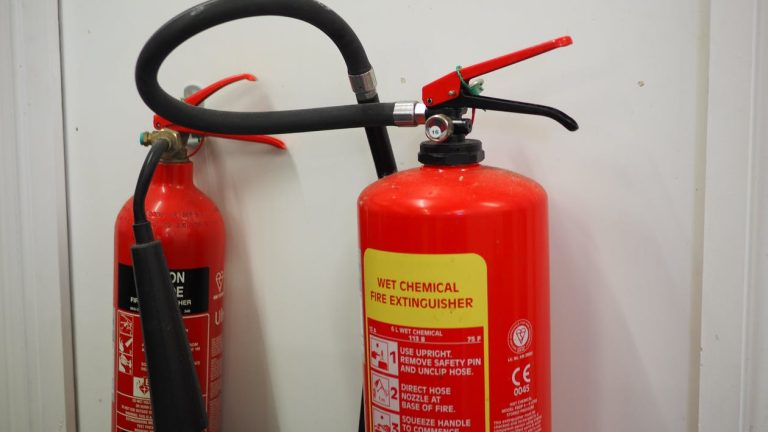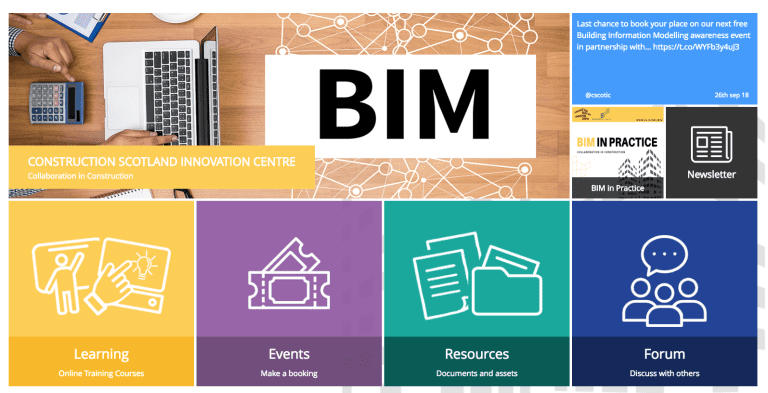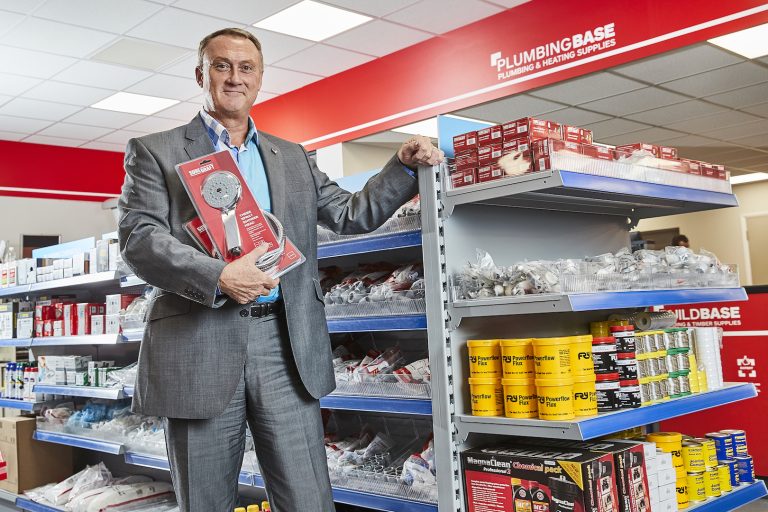Construction businesses in Scotland can now boost their BIM knowledge without leaving the office, thanks to Construction Scotland Innovation Centre’s free new e-learning platform. Launched as part of CSIC’s renewed BIM in Practice programme, the platform will host six e-learning modules and provide access to multiple resources to help organisations build an understanding of BIM. The first module – ‘BIM Awareness’ – is available now, with more to be added over the coming months. The BIM in Practice programme of support has been designed to raise awareness of the opportunities Scottish construction companies can realise through BIM Level 2. It demonstrates the benefits that can be achieved through knowledge sharing, collaboration, innovation and best practice – all founding principles of BIM Level 2. The programme is designed to support businesses from their initial awareness of BIM to the continuous development of their BIM journey, offering support at all stages. As well as offering a series of free events, seminars and workshops in Inverness, Aberdeen, Glasgow and Edinburgh, the new BIM in Practice programme includes use of the e-learning platform, the ability to join an online BIM discussion forum to connect with and share ideas with other professionals and access to expertise and project support from CSIC’s business relationship team. Lisa Deane, Skills and Training Manager, Construction Scotland Innovation Centre said: “With support from Scottish Enterprise and in conjunction with a range of industry partners we are delighted to be launching our new e-learning platform, to help individuals and organisations on their journey towards implementing BIM Level 2. The first module is now available and we plan to develop a further five free-to-access e-learning modules over the coming months. “BIM level 2 can deliver cost savings and added value to construction projects in the context of a more collaborative and innovative environment. By sharing design information through a common file format, it enables organisations to work collaboratively on small and large scale construction projects, thereby reducing risks.” To date, over 400 businesses have benefited from the support available through free workshops and a further 200 professionals have joined the online BIM discussion forum. This new e-learning option will allow participants the flexibility to learn from any location and at their own pace. Colin Hastie, CSIC’s BIM Technical Consultant, added: “Here at CSIC, we want to see our sector transform into one that makes better use of digitisation and automation to drive greater profitability, productivity, efficiency and sustainability. We see BIM as a key part of that transformation. It will support the creation of buildings that are fit for the 21st century – greener, more efficient, and with more intelligent infrastructure. I’d encourage any forward-thinking construction business to get in touch and take advantage of this free package of support from CSIC.” To maximise the benefits of this free programme, CSIC strongly recommend that interested businesses sign up to the full series of workshops and support. Full details of the e-learning platform and full BIM in Practice programme can be found at: www.cs-ic.org/BIM All CSIC’s BIM events are carried out in partnership with other organisations. Interested in collaborating? Contact Lisa Deane on 0141 212 5250 or email ldeane@cs-ic.org for more information.








